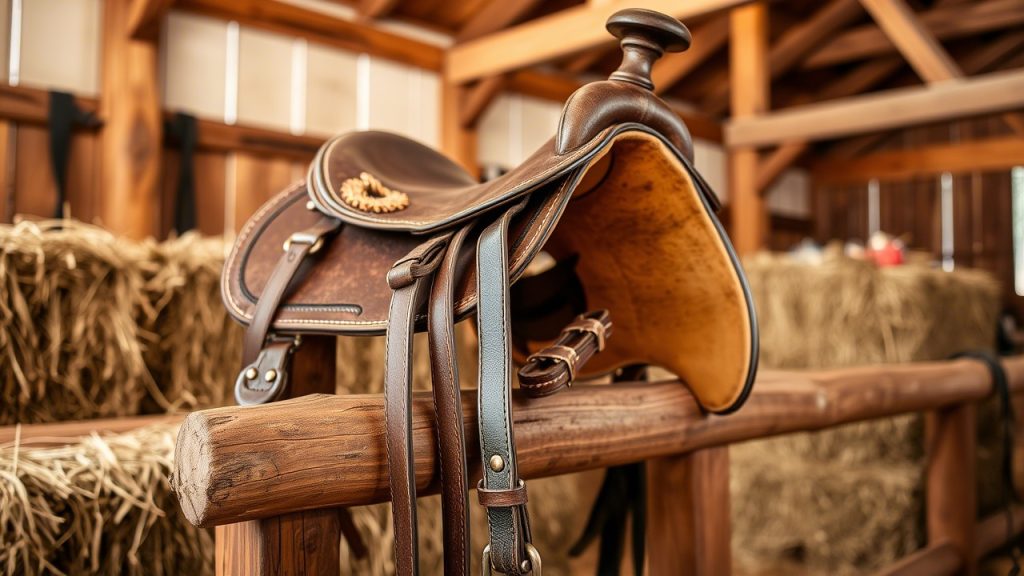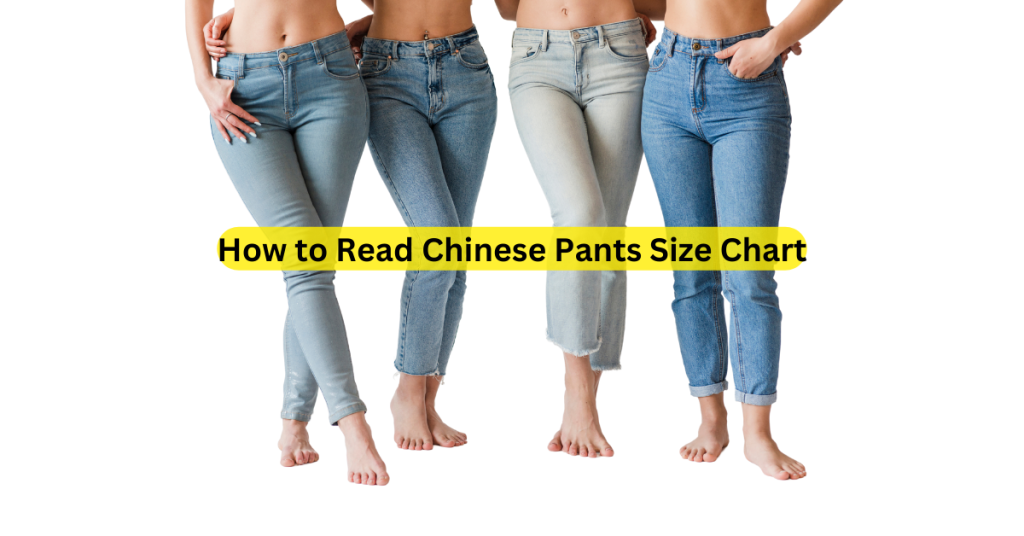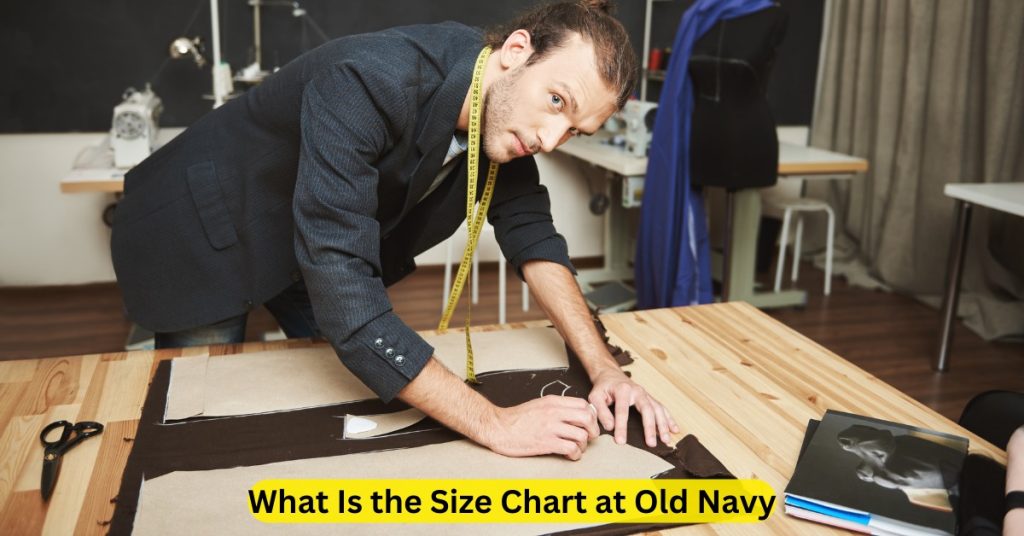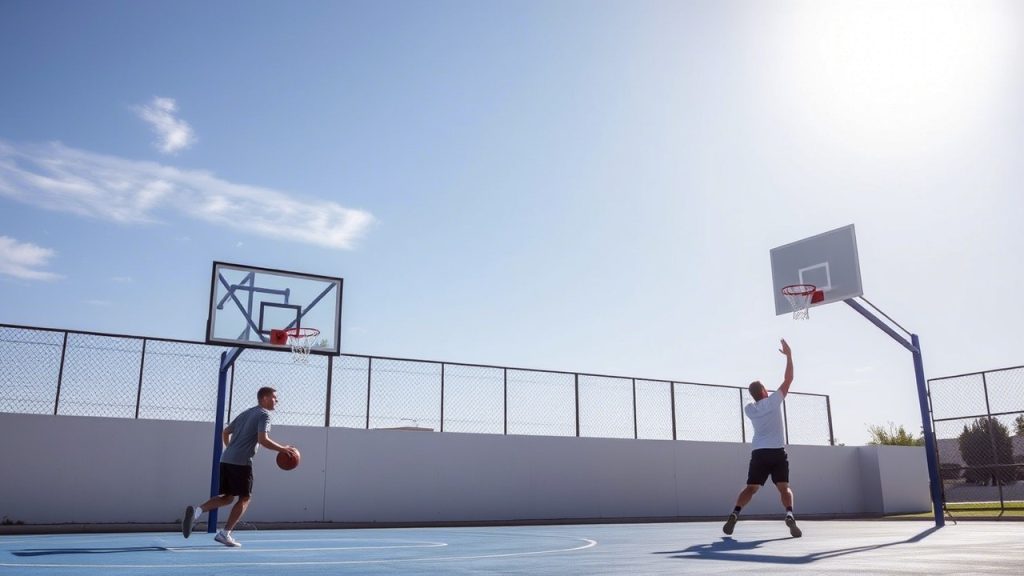Achieving perfect rider symmetry is more than just sitting straight it’s about creating balance, control, and unity between you and your horse. An imbalanced rider can cause discomfort, miscommunication, and even long-term issues for the horse. Fortunately, the right saddle can make all the difference. We explore the 9 best saddles to improve rider symmetry in 14 days, helping you build better alignment, coordination, and confidence in just two weeks.
Why Rider Symmetry Matters
Rider symmetry influences every aspect of equestrian performance:
- Improved horse balance and movement
- Even pressure distribution for reduced soreness
- Enhanced communication through balanced aids
- Injury prevention for both horse and rider
- Greater stability at all gaits, especially during transitions
A saddle that supports your anatomical alignment is essential for effective training and long-term progress.
1. Bates Innova Mono+ Saddle with Luxe Leather
Built to enhance position and support rider symmetry with minimal effort.
Features:
- Contoured Bloc for thigh support
- Ergonomic stirrup bars
- Adjustable Y-Girthing system
- Deep seat with narrow twist
Why it works:
The contoured block system places your legs in optimal alignment, while the narrow twist helps center your weight easily.
2. Albion K2 Dressage Saddle
A favorite among riders aiming to achieve symmetrical dressage form.
Features:
- Molded knee rolls
- Deep seat for support
- Wide weight-bearing panels
- Adjusta tree technology
Why it works:
Offers close contact and secure leg placement, ideal for training posture and reducing unintentional leaning.
3. Passier Compact Dressage Saddle
Engineered to balance rider and horse even with compact builds.
Features:
- Short panel design
- Deep, supportive seat
- Freedom panels
- Adjustable gullet
Why it works:
Ideal for smaller horses and riders, this saddle reduces the urge to shift weight unconsciously by enhancing contact.
4. Prestige X-Breath Dressage Saddle
Blends ergonomic tech and lightweight performance for rider balance.
Features:
- Central ventilation hole
- Deeper seat with wider rear support
- Lightweight composite tree
- Anatomical panels
Why it works:
Its anatomical design and air channel reduce pressure and enable better core control, aiding symmetry.
5. Thorowgood T8 Dressage Saddle
A synthetic option offering excellent balance and support for riders on a budget.
Features:
- Changeable gullet system
- Lightweight design
- Adjustable thigh blocks
- Flocked panels for fit customization
Why it works:
Allows you to fine-tune the fit and riding position quickly, helping correct imbalances fast.
6. Stubben Genesis Special D
Crafted for close contact and centered riding.
Features:
- Biomex seat for back support
- Short tree points for flexibility
- Streamlined design for close feel
- Custom-fit options
Why it works:
Encourages even weight distribution and clearer hip alignment, crucial for symmetry training.
7. Wintec Pro Dressage Saddle with HART
A great synthetic saddle with high adjustability for symmetrical training.
Features:
- HART technology with CAIR cushioning
- Deep seat for posture security
- Adjustable blocks
- Easy-change fit system
Why it works:
This saddle is forgiving yet structured, helping novice to intermediate riders quickly find centered balance.
8. Fairfax Gareth Dressage Saddle
Scientifically designed for balance and biomechanical performance.
Features:
- Monoflap construction
- Changeable gullet bar
- Performance panel for shoulder freedom
- Full front gussets for fit
Why it works:
Developed using pressure mapping, it enables aligned weight bearing across both seat bones.
9. Kent & Masters S-Series Dressage Saddle
A highly customizable saddle suitable for a wide range of horses and rider needs.
Features:
- Moveable blocks
- Velcro-adjustable thigh support
- Flocked panels
- Switchable gullet plates
Why it works:
Its adjustable features and supportive seat structure foster symmetry by removing pressure-related shifts.
Tips for Using Your Saddle to Improve Symmetry
- Check stirrup length: Uneven stirrups cause imbalance. Measure and adjust carefully.
- Mirror work: Ride near mirrors or use video feedback to identify asymmetries.
- Groundwork: Balance begins on the ground. Use lunge and posture exercises.
- Stretch off the horse: Tight muscles affect symmetry. Regular stretching helps realign hips and shoulders.
- Rebalance often: Don’t “set and forget” your saddle fit. Re-check every few months.
9 Frequently Asked Questions
1. Can the right saddle fix all rider asymmetry?
Not entirely. The right saddle supports alignment, but training, strength, and awareness also play vital roles.
2. How quickly can a new saddle improve symmetry?
Some riders notice improvement within days, especially when paired with good instruction and practice.
3. What causes rider asymmetry?
Common causes include muscle imbalances, previous injuries, habitual posture, and saddle fit issues.
4. Are dressage saddles better for symmetry than jumping saddles?
Dressage saddles typically offer more structure and deeper seats, making them excellent for posture training.
5. Can saddle fit affect horse symmetry too?
Yes. Poorly fitted saddles can cause horses to move unevenly, which affects the rider’s balance.
6. What is the best budget saddle for symmetry?
Thorowgood T8 and Wintec Pro Dressage are great affordable choices with adjustable features.
7. How do I know if my saddle is making me crooked?
Signs include uneven stirrup wear, leaning photos, back pain, and difficulty staying straight.
8. Should I use a saddle pad for more balance?
Only if it doesn’t interfere with saddle fit. Some correction pads can assist, but consult a fitter first.
9. How often should I reassess my saddle setup?
Every 6–12 months, or sooner if your riding goals or horse’s body changes significantly.
Final Thoughts
Improving rider symmetry isn’t just about aesthetics—it directly affects your horse’s performance, comfort, and willingness to move forward. With the 9 best saddles to improve rider symmetry in 14 days, you’re equipped to make smart changes that yield quick, lasting results.
Whether you’re riding dressage, hacking, or working through transitions, the right saddle can unlock a new level of balance and communication. Prioritize fit, comfort, and supportive features—your horse (and body) will thank you.





